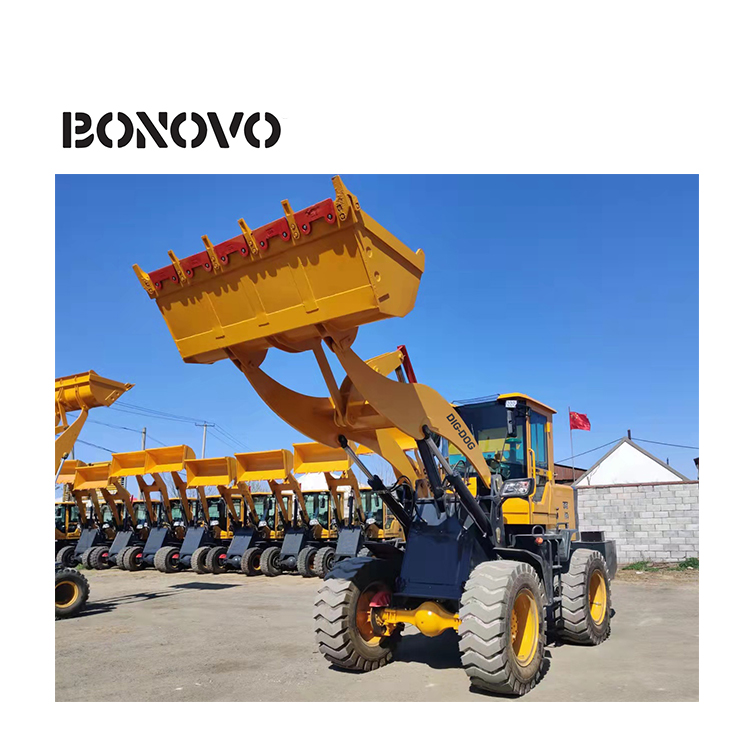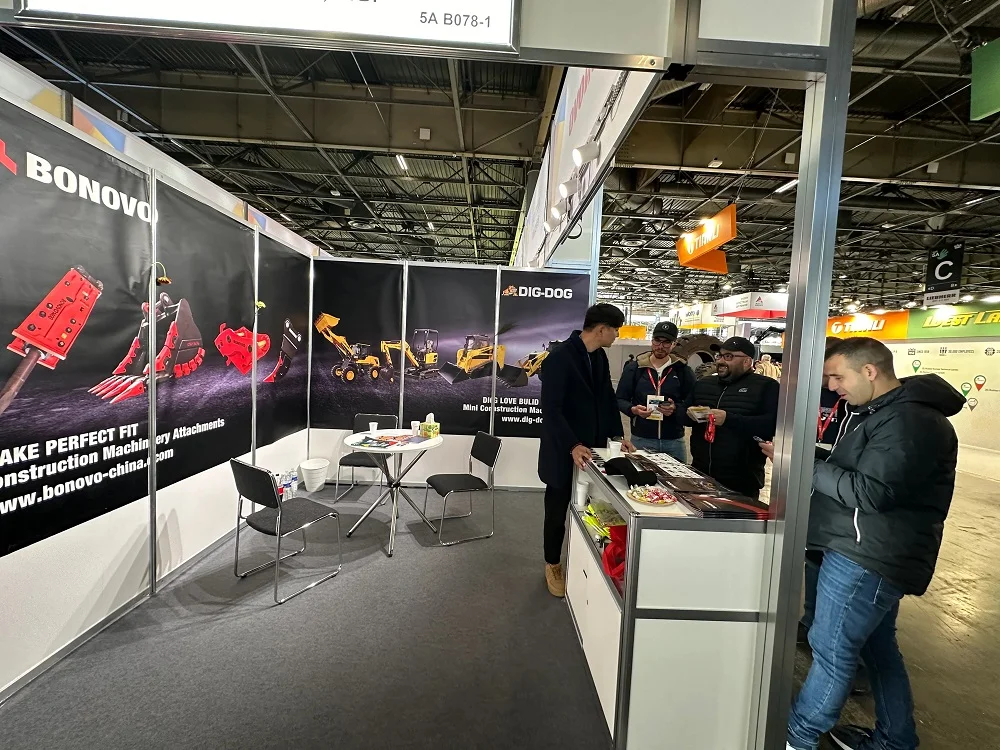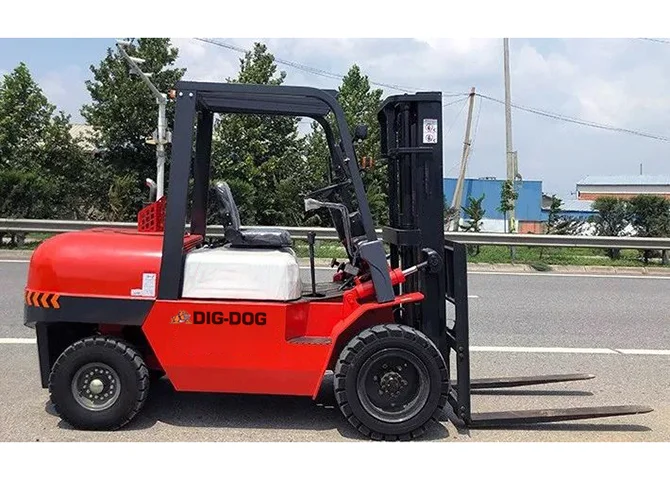
Routine maintenance of the loader is critical to safety, productivity and machine uptime.
When it comes to heavy equipment, especially wheel loaders, it is understood that the type and amount of maintenance required depends on the application for which it is used. While doing the same checks and checklists at the same time and in the same order every day sounds like a good plan, it's not necessarily realistic. When business is good and schedules are busy, many operators can reasonably extend maintenance intervals or cut corners. Unfortunately, this habit affects the performance of wheel loaders and ultimately productivity, uptime, and fuel efficiency.
Routine maintenance and good pre - and post-use inspection of wheel loaders are key to ensuring safety first and high productivity.
By performing routine maintenance on seven key systems and components of wheel loaders, you can not only ensure that many problems are avoided, but also prolong the life cycle of wheel loaders and prevent downtime.
How to maintain the loader
1. Ensure that machine operators are properly trained
If fleet managers, maintenance technicians and heavy equipment operators are not aware of current maintenance methods and procedures, there is no effective routine maintenance plan. If you intend to do most of the wheel loader maintenance yourself, refer to the manufacturer's maintenance manual for advice on spacing and check lists. Ideally, you'll also want to get maintenance training and help on appropriate techniques from your equipment dealer.
2. Perform visual inspection of cutting edges of accessories
All day of loading and unloading material can cause excessive wear on the wheel loader's ground joint tools, regardless of the application. To ensure these high-impact tools can be maintained at peak operation, fleet maintenance managers need to perform daily visual inspections of the bucket to look for loose, cracked or missing teeth and repair problems or replace damaged parts as soon as possible.
Wheel loader accessories such as buckets and tray forks are the most popular and industrious tools in mining and quarry applications and should receive as much attention as the construction equipment itself. Visual inspection of these components should include hoses and tilt and lift cylinders to determine whether wear or damage has occurred.
There are other items on top of the larger bucket that also have a working life. Check the condition of the wear plate and the cutting edge of the bolted joint, as well as the connecting pins, to ensure they fit properly.
3. Be familiar with tread and tire inflation
Undetected leaks or improper inflation can lead to premature wear, unplanned stops and potential tire failure. The fleet manager needs to be familiar with the recommendations in the loader maintenance manual for proper PSI and inflate the tyres accordingly. "In addition to maintaining the right pressure, routine maintenance and inspection of the tire also requires a thorough visual inspection to detect sizable tread blocks that may be missing and to ensure that the bead line and rim are intact," Kleingartner said.
4. Maintain driving brake and parking brake
Wheel loaders need well-maintained and functioning brakes at all times, and this is one of the most critical routine maintenance procedures. Many construction applications will consist of crowded workstations, often with classes, and multiple construction equipment and vehicles. In addition to the normal loader, there are many quick stops. For these reasons, operators must be able to stop their equipment, but also hold it with the machine's parking brake when necessary.
5. Keep driveline sealed and axle clean
Wheel loaders operating in wet environments such as construction, agriculture and concrete plants can build up material along the driveline, masking potential problems that require repair. Keeping the wheel loader's clean area allows better inspection of seals and axles for leaks, preventing unnecessary downtime.
6. Keep liquids, oils and filters on top of your machine
Moving to the engine compartment, fluids such as oil and coolant are the most important routine maintenance components. The use of a dipstick and goggles will provide accurate guidance for these inspections and will refer to the operating manual to fill the machine with the appropriate fluid at recommended intervals in the correct increments.
Machine owners, operators and technicians are advised to maintain fluid checks and resist the temptation to use non-OEM specified filters. It is important to ensure that the same quality performance is monitored over the recommended maintenance cycle and that optimal filtration performance is achieved.
New wheel loaders entering the market are equipped with engine aftertreatment systems designed to clean DO. engine exhaust and meet EPA emissions standards for Tier 4 engines. While each device manufacturer's emissions strategy is slightly different, following their maintenance and service guidelines is more important than ever. Whether a manufacturer's DO. reprocessing system is cooling exhaust gas recirculation (CEGR) or selective catalyst reduction (SCR) technology, or a combination of the two, these new technologies require advanced fluids to avoid costly repairs.
7. Maintain the cooling system of wheel loader
Finally, several types of workplaces produce enough dust to be a factor in the wheel loader cooling system. Environments like clustered quarries may require additional precautions. Many machine manufacturers have also added variable speed reversible fans to help clean the cooling system.
If you don't use a reversible fan in a dusty environment, someone from the maintenance department will work on the cooling unit. The equipment manager should also ensure that engine pre-cleaners are used to protect the engine cooling system.
Take the daily maintenance of the loader as seriously as the daily routine, which will help develop good habits and eventually become standard work. Based on specific recommendations from the manufacturer, a comprehensive seven-point plan will affect your overall business, and the health of your wheel loader depends on it.

 BONOVO Group at INTERMAT 2024 Paris Exhibiton
BONOVO Group at INTERMAT 2024 Paris Exhibiton
 A Ultimate Guide to Clamp Forklifts and Attachments
A Ultimate Guide to Clamp Forklifts and Attachments
 How To Choose The Right Compact Wheel Loader
How To Choose The Right Compact Wheel Loader
 How Much Does a Forklift Weigh?
How Much Does a Forklift Weigh?